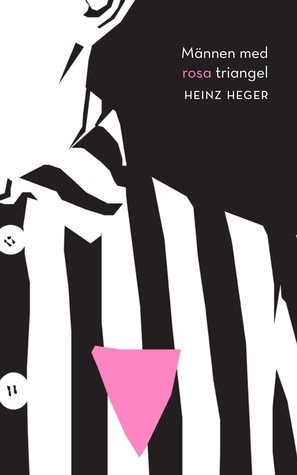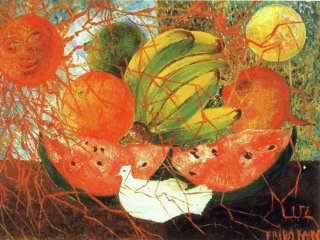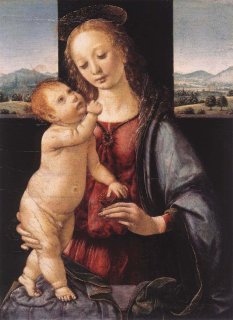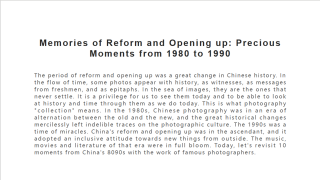
(Real size: 19 x 14 cm)
This artwork is the book cover of "The Men with the Pink Triangle." It is a biography that sheds light on the experiences of homosexual prisoners during the Holocaust in the Sachsenhausen and Flossenbürg concentration camps. The author, Hans Neumann, writing under the pseudonym "Heinz Heger," based the book on the firsthand experiences of survivor Josef Kohout.
In the Nazi concentration camps, every prisoner had to wear a fabric badge on their chest, in the shape of an inverted triangle, with different colors representing the reasons for their imprisonment. Homosexual male prisoners were identified with a pink triangle.
In the 1970s, advocates in Australia, Europe, and North America began using the pink triangle to raise awareness of its use in Nazi, gaining more public attention and commemorating those who faced persecution and oppression.
In the 1980s, the pink triangle not only became increasingly used for remembrance but also as a positive symbol of self-identity for LGBTQ and community solidarity
Then the symbol of the pink triangle has been incorporated into many public memorials and museums. For example, in 1980, the Homomonument in Amsterdam chose the design of a pink triangle to commemorate the homosexual and bisexual men who lost their lives during the war.
The symbol of the pink triangle originally carried a cruel meaning, but it has been continuously redefined by people and has generated a positive impact.




